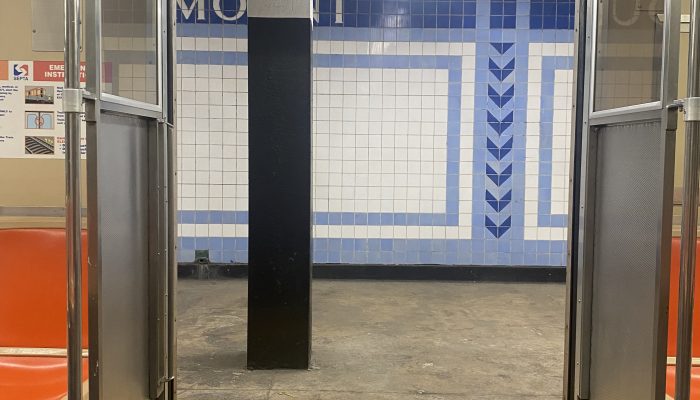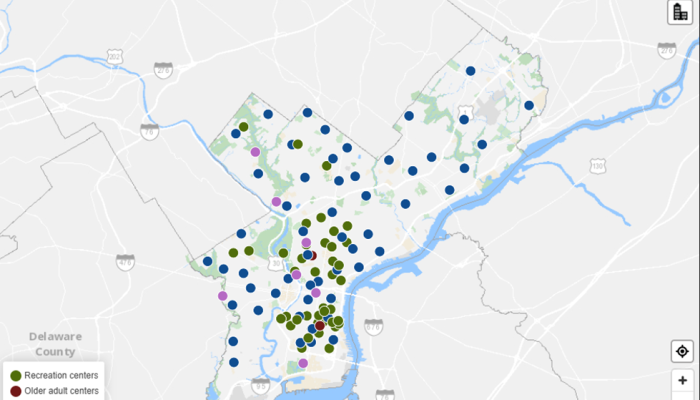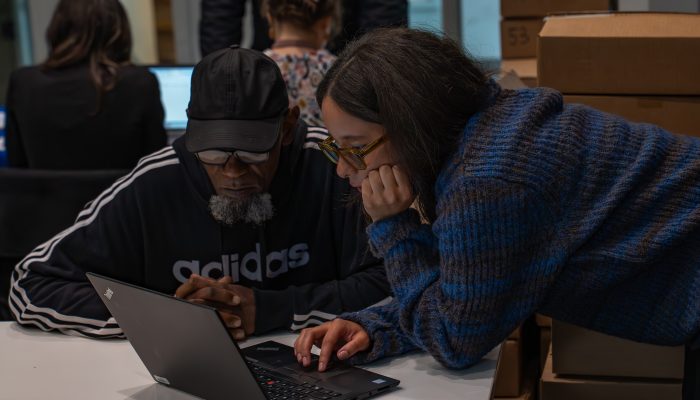Blog post by Joanna Hecht, SmartCityPHL Pitch and Pilot Fellow
The SEPTA for All Challenge asks innovators to use augmented reality (AR) to make public transit more accessible, welcoming, and comfortable for people with disabilities. The accessibility of the apps is especially crucial for bringing their ideas to life.
Below are some resources to help participants in the challenge learn about accessibility and AR. Accessibility considerations are different depending on the user and the platform. We’re counting on participants to do their own, deeper dive into the needs of their audiences.
Resources from World Wide Web Consortium
The World Wide Web Consortium (W3C) establishes open standards for web development. The City of Philadelphia (and many others) use the Web Content Accessibility Guidelines for online accessibility. The W3C’s Augmented Reality and Accessibility article includes existing research on the topic. It summarizes research on using AR to better deliver information and data to people with disabilities.
Resources from Facebook Reality Labs
Facebook Reality Labs is a sponsor of the SEPTA for All challenge. The developer resources for their Oculus VR platform include a video and guide on designing accessible VR experiences. In 2020, Oculus released “Virtual Reality Checks” (VRCs) for its platforms. The VRCs recommend techniques for increasing the accessibility of VR software.
Resources from UC Berkeley
UC Berkeley compiled resources about barriers to using AR and VR in a learning context. Their “XR Accessibility” site includes best practices for using these technologies. They include resources for technology that serves “diverse users across a truly representative range of visual, auditory, motor, and cognitive capacities.”
Accessible applications involve many considerations. We hope the resources above serve as a good foundation for participants in the SEPTA for All Challenge.




